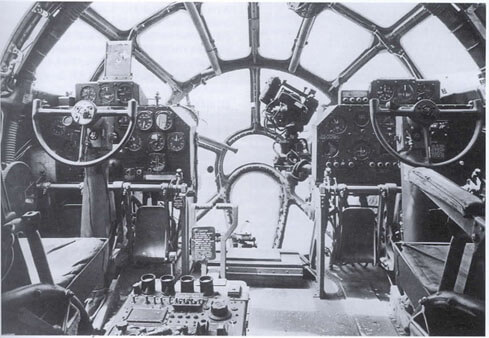

machine guns and one 20mm cannon in tail 20,000 lbs.
B29 cockpit plus#
machine guns in remote controlled turrets plus two. Although vulnerable to MiG-15 jet fighter attacks, the Superfortress remained effective against several types of targets throughout the Korean War.īockscar was flown to the museum on Sept. With the advent of the conflict in Korea in June 1950, the B-29 returned to combat. During the last two months of 1944, B-29s began operating against Japan from the islands of Saipan, Guam and Tinian.

Army Air Forces leadership committed the Superfortress to Asia, where its great range made it particularly suited for the long over-water flights against the Japanese homeland from bases in China. Silverplate B-29s, however, retained only the tail turret and had their armor removed to save weight so that the heavy atomic bombs of the time could be carried over a longer distance.ĭesigned in 1940 as an eventual replacement for the B-17 and B-24, the first B-29 made its maiden flight on Sept.

machine guns and one 20mm cannon in a tail turret, and up to 20,000 pounds of bombs. machine guns in remote controlled turrets, two. However, if you look closely at a B-29 cockpit, youll see each pilot has an individual throttle lever set - theyre not between the yokes because of the crawlway for the bombardier station. Bockscar was one of 15 specially modified "Silverplate" B-29s assigned to the 509th Composite Group. The flight engineer station persisted well into the jet era - at least to the early versions of the 747, which first flew in 1969. 9, 1945, three days after the atomic attack against Hiroshima. The B-29 on display, Bockscar, dropped the Fat Man atomic bomb on Nagasaki on Aug.


 0 kommentar(er)
0 kommentar(er)
